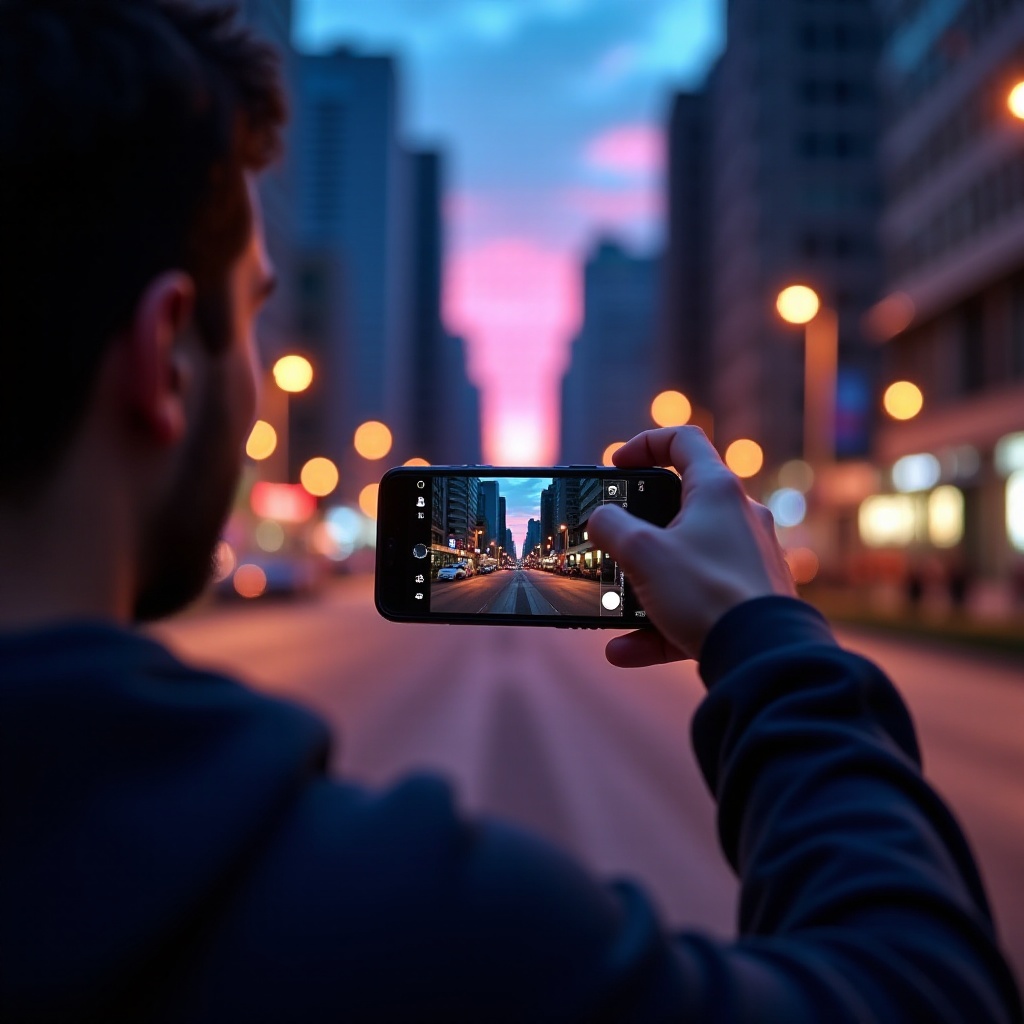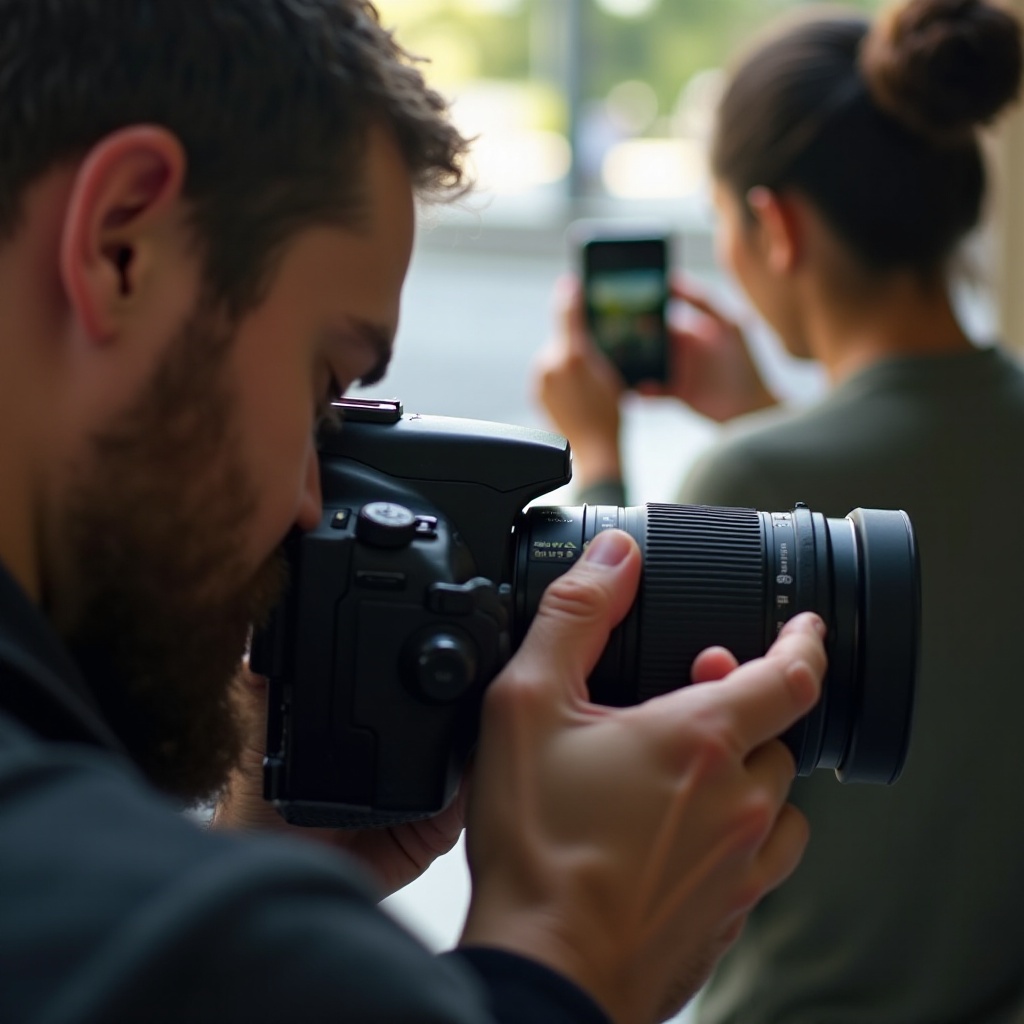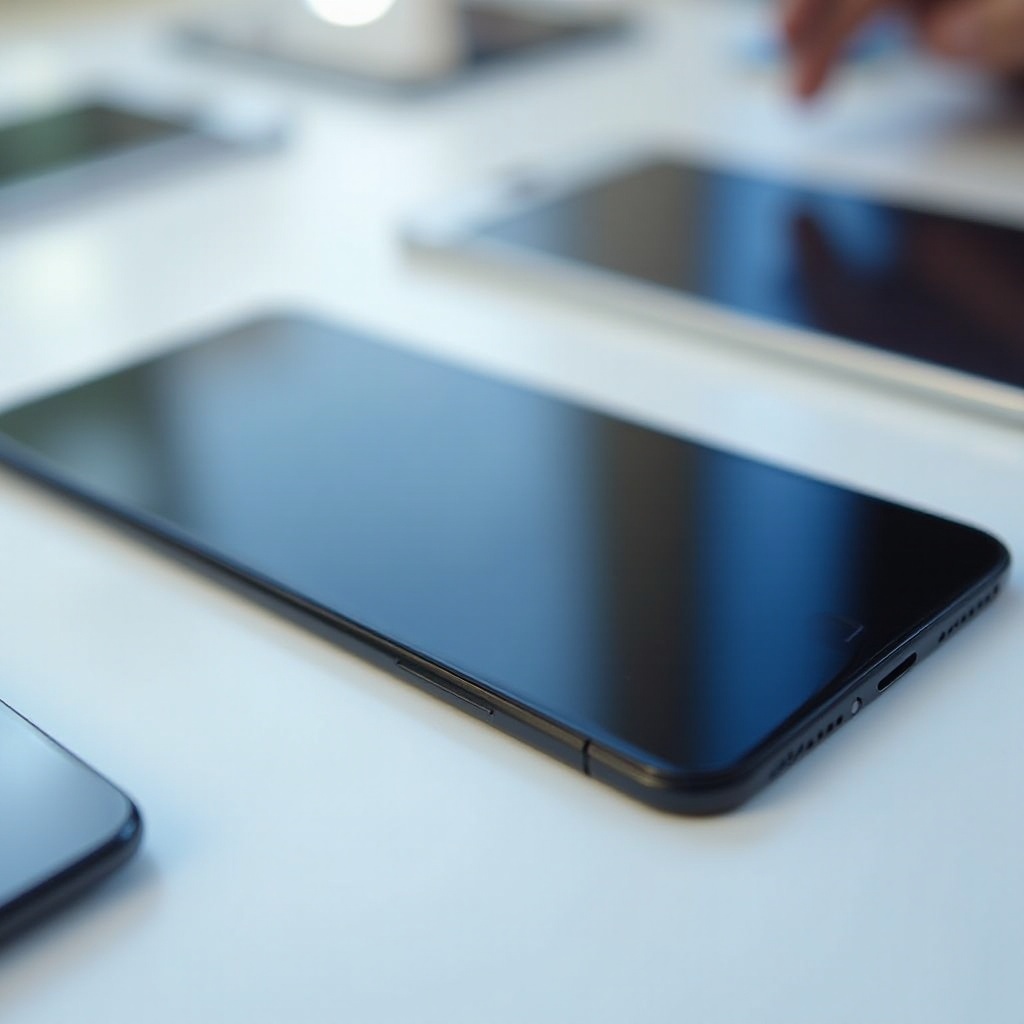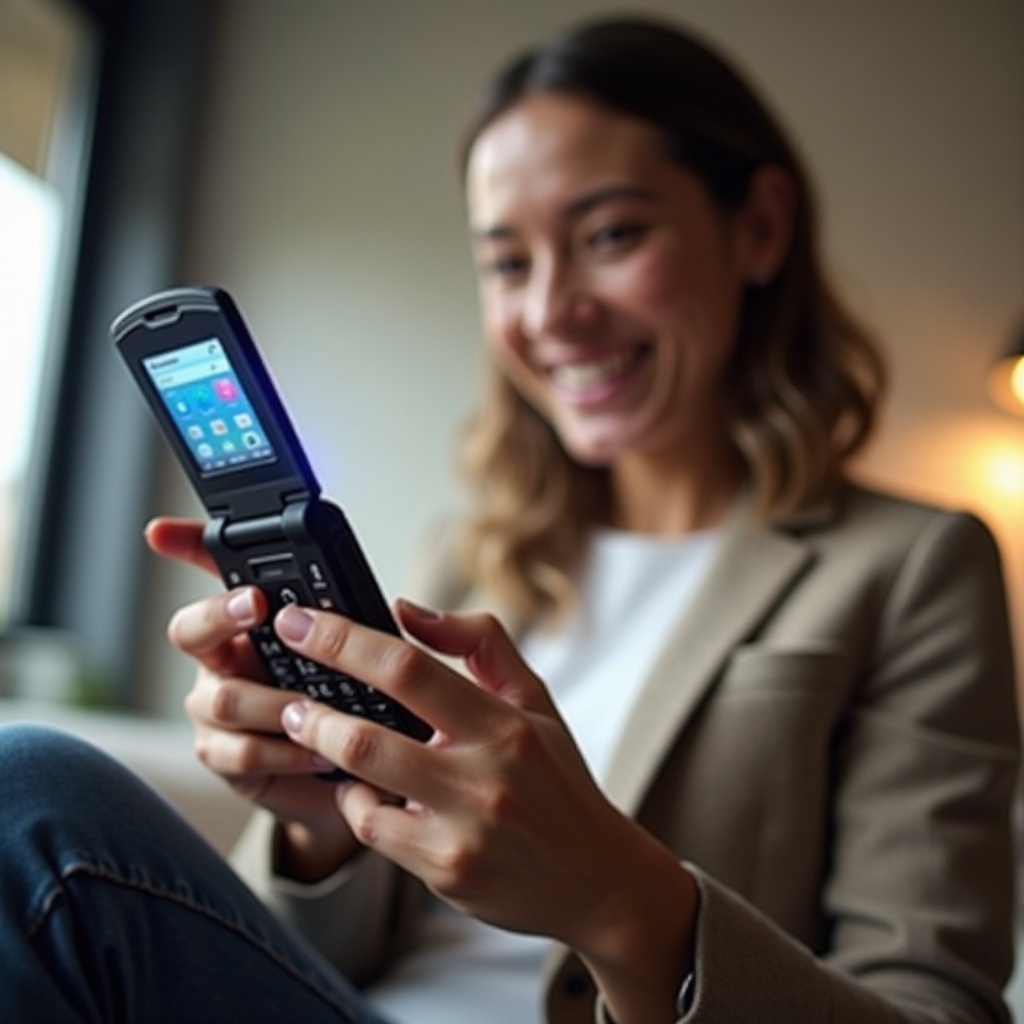Introduction
The smartphone camera has shifted how we capture, share, and perceive images. Providing easy access to photography tools, smartphones have redefined the art form, making it accessible for almost everyone. This transformation has impacts beyond everyday convenience and has influenced professional photography, social media dynamics, and camera technology innovation. Let’s dive deeper into how the invention of the smartphone camera altered the landscape of photography.

The Evolution of Smartphone Cameras
From their humble beginnings as basic, often low-resolution devices, smartphone cameras have come a long way. Early models featured just one lens, with limited functionality. However, advancements in sensor technology, lens quality, and software innovation have significantly improved camera performance.
-
2007-2012: The rudimentary cameras in the first iPhone and early Android phones paved the way for photography on the go. Initially, they served more as a novelty than a serious tool for capturing images.
-
2013-2017: Incremental improvements led to better resolution, more accurate color reproduction, and faster shutter speeds. Devices like the iPhone 4 and Samsung Galaxy S4 started to integrate higher megapixel counts and advanced features.
-
2018-Present: The leap towards professional-grade capabilities began. Dual, triple, and even quadruple-lens systems provided greater versatility. Advances in AI software brought about features like Night Mode and portrait enhancements. Smartphones like the Google Pixel series and iPhone models with Pro configurations blurred the lines between DSLRs and pocket devices.
Accessibility and Democratization of Photography
As smartphone cameras evolved, so did their impact on photography’s accessibility. With everyone carrying a camera in their pocket, the number of amateur photographers exploded.
-
Widespread Access: Previously, engaging in photography required dedicated, often expensive equipment. Now, people from all walks of life can shoot and share high-quality photos instantly.
-
Educational Resources: The rise of tutorial apps and online classes democratized learning. Photography is no longer confined to those who can afford formal education.
Accessibility transformed photography from an elite hobby to a universal activity. This change created new communities, bridging gaps between seasoned photographers and newcomers, enhancing collective learning and creativity.
Social Media and Instant Sharing
The act of sharing photos instantly is perhaps the most revolutionary change brought about by smartphone cameras. Social media platforms like Instagram, Snapchat, and Facebook thrive on visual content, facilitated largely by the smartphone camera.
-
Viral Potential: Moments captured on a smartphone can quickly go viral, influencing trends and driving social movements.
-
Real-Time Engagement: Fast sharing encourages in-the-moment interaction and live updates. Events unfold and are documented instantaneously.
-
Visual Storytelling: The ability to quickly post images has made photography a staple of personal storytelling. Tourists share trip snapshots, influencers build brands, and activists document causes—all from their phones.
Instant sharing fosters communities, equipping individuals with a powerful tool for personal expression and mass communication.

Changing the Art of Photography
Smartphone cameras have both challenged and enriched traditional photography.
-
Creative Tools: Modern smartphones come with built-in editing software and third-party apps that allow for sophisticated image manipulation directly on the device.
-
New Genres: Techniques like street photography and candid captures have risen in popularity due to smartphones being less intrusive than traditional cameras.
-
Aesthetic Shifts: The ease of capturing photos has led to an abundance of images, shifting artistic focus towards storytelling, perspective, and content quality over technical perfection.
By blending high-tech aids with artistic intuition, smartphone cameras have reshaped what it means to be a photographer.
Implications for Professional Photographers
While smartphones have democratized photography, they have also introduced new challenges for professionals.
-
Market Saturation: The proliferation of high-quality images has created a competitive environment. Amateurs can produce work that rivals professional standards.
-
Adoption of Technology: Professionals must adapt, integrating smartphone photography into their workflow, learning new software, and leveraging social media for their portfolios.
-
Opportunities: Despite challenges, the new landscape opens avenues for professionals, including teaching, app creation, and collaboration with brands seeking authentic, high-quality content.
The professional field has become both more challenging and dynamic, pushing photographers to continually innovate.

Technological Challenges and Future Prospects
The smartphone camera’s rapid progression comes with its own set of technological hurdles and exciting future possibilities.
-
Battery Life: Advanced functions like 4K video and AR consume significant battery, necessitating improvements in energy efficiency.
-
Optical Physics: There are physical limits to how small lenses and sensors can get without sacrificing image quality.
-
AI and Machine Learning: The integration of advanced software can push boundaries, creating cameras that predict and suggest better shots.
Exciting prospects lie ahead, including seamless VR integration, enhanced low-light capabilities, and potentially even foldable phones enhancing lens options.
Conclusion
The invention of the smartphone camera has led to a profound shift in how we approach photography. From the democratization of the art form to the challenges faced by professionals, every aspect of photography has been touched by this technological marvel. The story of smartphone cameras is a testament to how a small device in our pockets can drive big changes in creativity, accessibility, and technological innovation.
Frequently Asked Questions
How did smartphones change the way we share photos?
Smartphones revolutionized photo sharing through instant upload capabilities, making it effortless to share moments in real time, especially on social media platforms.
What are some notable innovations in smartphone camera technology?
Noteworthy innovations include multi-lens systems, AI-driven enhancements like Night Mode, and computational photography techniques that elevate image quality.
How have smartphone cameras impacted professional photographers?
Smartphone cameras have introduced market saturation, requiring professionals to adapt and innovate continuously. These cameras simultaneously opened new avenues for creative and commercial exploration.


